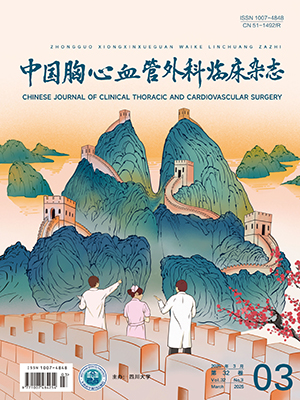Coronary heart disease is the second leading cause of death worldwide. As a preventable and treatable chronic disease, early screening is of great importance for disease control. However, previous screening tools relied on physician assistance, thus cannot be used on a large scale. Many facial features have been reported to be associated with coronary heart disease and may be useful for screening. However, these facial features have limitations such as fewer types, irregular definitions and poor repeatability of manual judgment, so they can not be routinely applied in clinical practice. With the development of artificial intelligence, it is possible to integrate facial features to predict diseases. A recent study published in the European Heart Journal showed that coronary heart disease can be predicted using artificial intelligence based on facial photos. Although this work still has some limitations, this novel technology will be promise for improving disease screening and diagnosis in the future.
Citation: LIN Shen, ZHENG Zhe. Analyzing facial photo to detect coronary artery disease: Artificial intelligence opens a new era of disease screening. Chinese Journal of Clinical Thoracic and Cardiovascular Surgery, 2020, 27(11): 1262-1264. doi: 10.7507/1007-4848.202009047 Copy
Copyright © the editorial department of Chinese Journal of Clinical Thoracic and Cardiovascular Surgery of West China Medical Publisher. All rights reserved
-
Previous Article
Chinese expert consensus on surgical treatment of congenital heart disease (11): Coarctation of the aorta and interrupted aortic arch -
Next Article
Interpretation of surgical treatment in Chinese Medical Association guidelines for clinical diagnosis and treatment of lung cancer (2019 edition)




